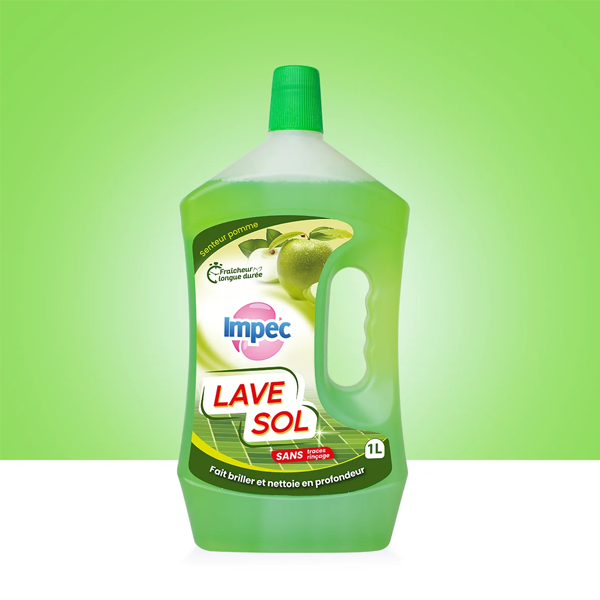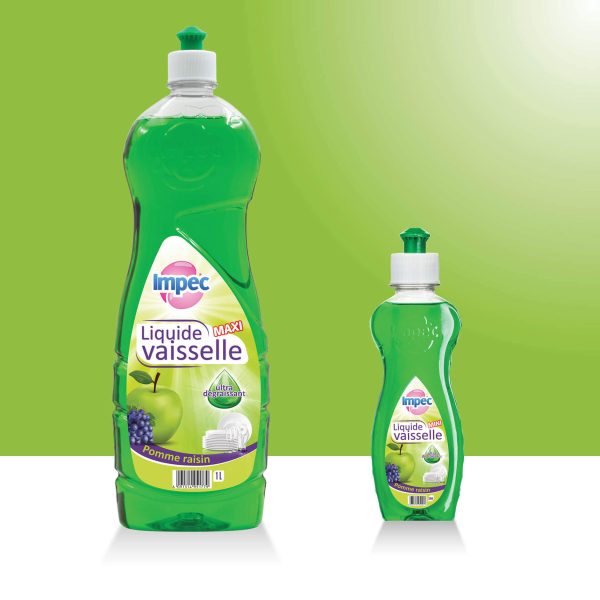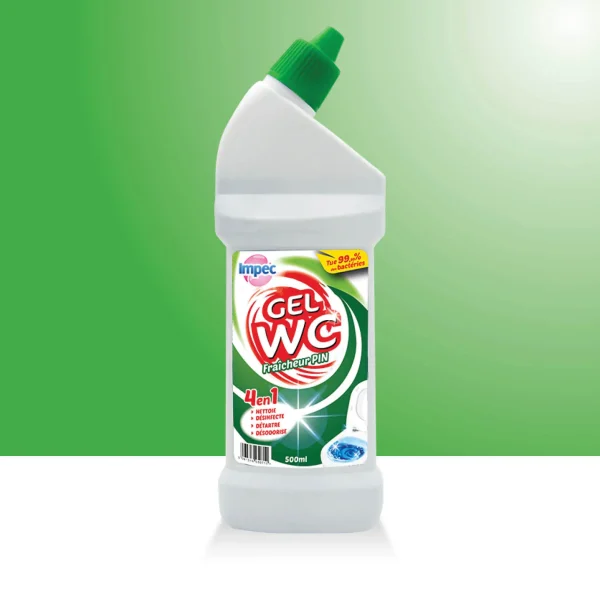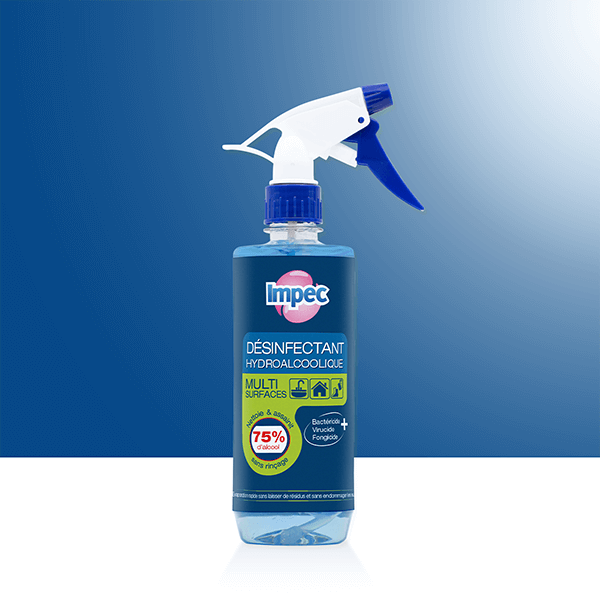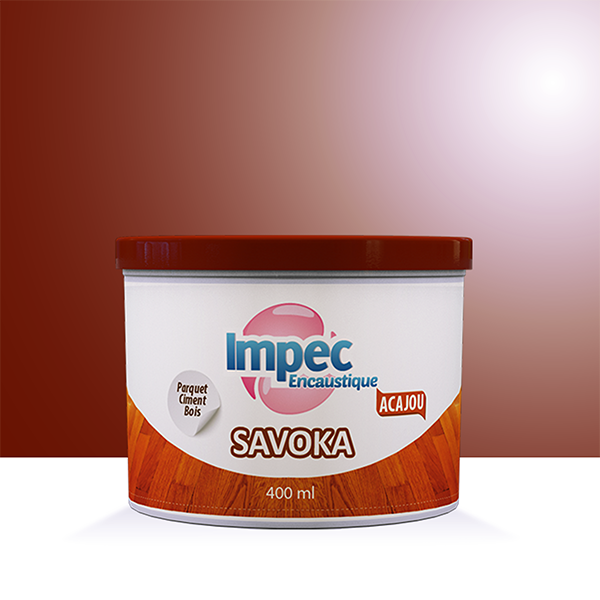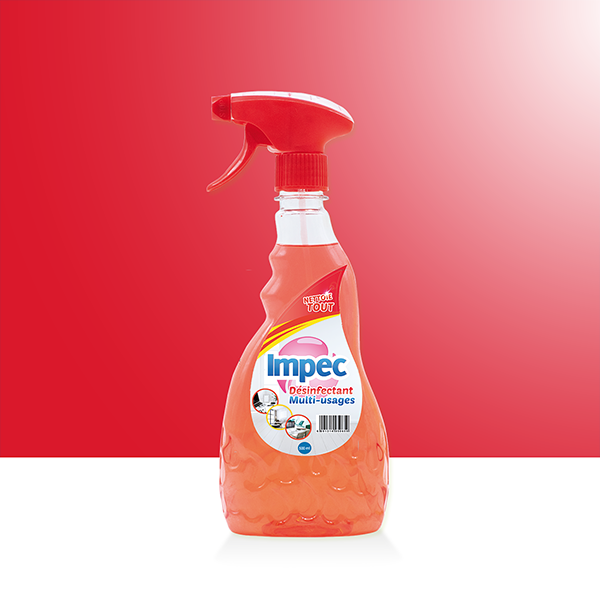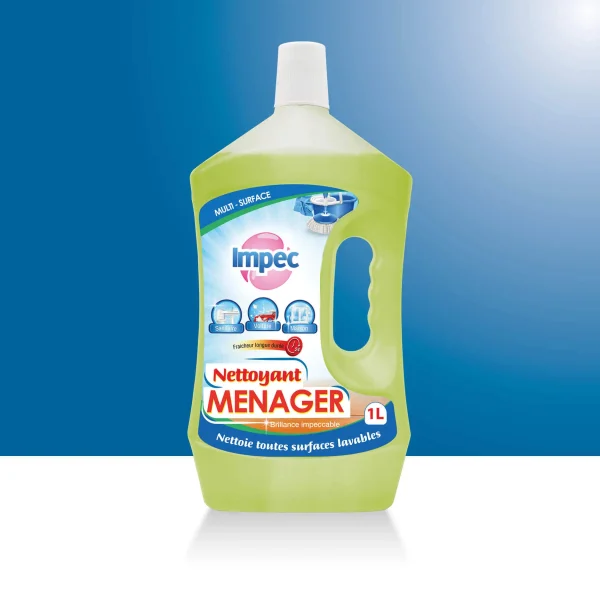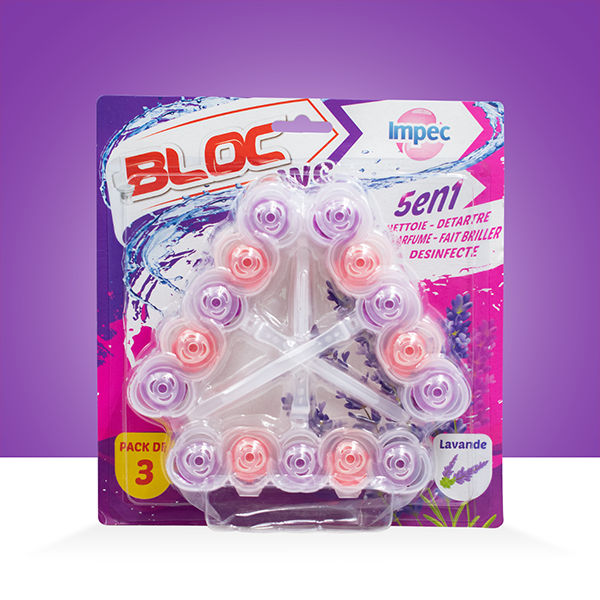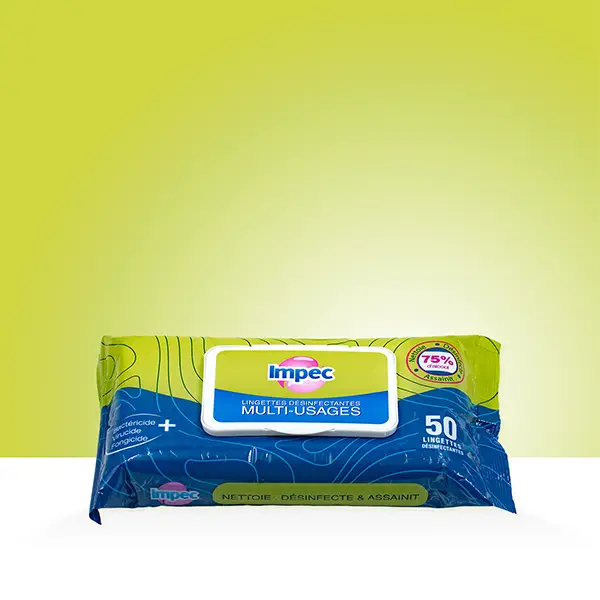Le lave sol Impec Pomme a été conçu spécifiquement pour le nettoyage et l’entretien de tous les sols lavables. Il est efficace pour retirer la crasse et les taches incrustées sur les surfaces et peut être employé avec les appareils de ménage comme l’autolaveuse par exemple. Grâce à son parfum à la pomme, le lave-sol Impec laisse une senteur fraîche et fruitée à l’intérieur de la maison.
Caractéristiques
Le lave-sol Impec a été formulé pour dissoudre la saleté et dégraisser facilement et rapidement les sols lavables, sans laisser de traces. Il est doté d’agents nettoyants puissants qui agissent sur la poussière et les taches, même celles qui sont fortement incrustées sur la surface. Vous pouvez utiliser le lave-sol Impec pour assainir tous les types de sols durs, qui résistent au lavage à l’eau :
- Le carrelage
- La céramique
- Les sols en PVC
- Les sols stratifiés
- Le béton ciré
- Le parquet vitrifié
Il est performant et facile à utiliser. De plus, il diffuse un agréable parfum de pomme après chaque lavage. Pour faire des économies de produit, vous pouvez choisir le lave-sol en bidon de 5l, avec lequel vous pouvez recharger votre bouteille plusieurs fois, lorsqu’elle est vide.
Conseils d’utilisation
Diluez 3 à 5 bouchons de produit dans 5l d’eau froide ou tiède. Appliquez sur le sol avec une serpillière propre ou un chiffon microfibre. Pour les taches incrustées ou la graisse : versez directement le produit sur le chiffon ou la surface. Frottez légèrement, puis rincez à l’eau claire. Ce produit doit être utilisé uniquement pour nettoyer les sols. Pour les autres types de surfaces, veuillez choisir les nettoyants adaptés.









